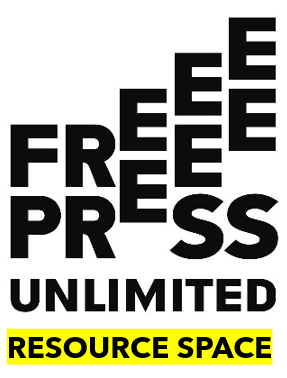Stories or sections that focus on investigating and debunking popular rumours or statements by influential persons/organisations, or by (other) media outlets, are valuable forms of content for fostering accountability.
Fact checking can be a means to promote accountability of both political actors and media outlets, by investigating if what they claim is actually correct. Furthermore, in some situations it can be a strategy to counteract the spread of mis- and disinformation.
On this page you will find best fact-checking practices and the pitfalls to avoid when debunking falsehoods.
In crisis situations, fact checking helps the public make sense of contradictory rumours and statements. This allows people to make informed decisions during disasters
Fact checking is similar to verification: the process by which a media outlet checks if the claims made in a story are correct prior to publishing. This is something that all (quality) news outlets should adopt. Media outlets with a reputation for reliable content have greater credibility when holding others to account.
Effective fact checking
The effectiveness of fact checking can vary wildly depending on the context and approach taken, so it is important to be deliberate about how you go about it. In some cases, careless fact checking can even be counterproductive and end up amplifying the falsehood that is being debunked. In other cases it can prevent a story from going viral by effectively correcting false impressions.
Fact-checking pitfalls to avoid
- Familiarity backfire effect: By repeating falsehoods in order to correct them, debunks can make falsehoods more familiar and thus more likely to be accepted as true.
- Overkill backfire effect: The easier information is to process, the more likely it is to be accepted. Less detail can be more effective.
- Worldview backfire effect: People process information in biased ways. When debunks threaten a person’s fixed worldview, they could defensively double down on the falsehood.
- Missing alternatives: Labelling something as false but not providing explanation often leaves people with questions. If a debunker doesn’t answer these questions, people will continue to rely on the bad information. Consulting or quoting an expert as a reliable source of explanation could help you provide a credible alternative.
For more on these pitfalls and how to effectively counter myths, see the Debunking Handbook
The good news is that, according to a review of studies conducted between 2010 and 2019, these ‘backfire effects’ only occur under certain circumstances. Taking care to follow best practices reduces the risk of triggering backfire effects.
It is important to understand how people come to believe things. Repetition is powerful: the more often one hears something, the more credible it will seem (this is called the illusory truth effect). Furthermore, it is hard to let go of a belief that explains something if it is not replaced by another explanation. The most effective debunk therefore does not merely repeat the falsehood with the statement that it is false, but explains why it is false and places the focus on a correct explanation.
Fact checking best practices
- Start by stating what is true, rather than repeating the false information immediately.
- Don’t insult or ridicule the belief or those who hold it.
- Explain the context and/or give the real explanation of what the false statement was trying to explain.
- Don’t use technical terms without explaining them
- Don’t undermine your own credibility by making claims about the source or intention behind the false information if they cannot be substantiated.
